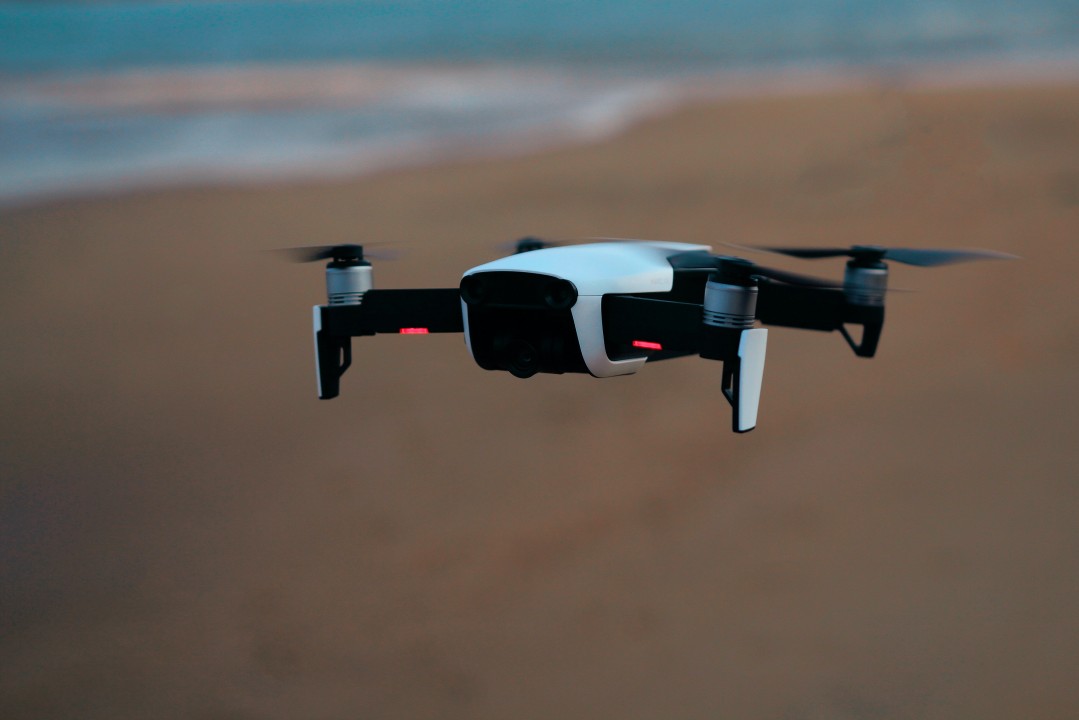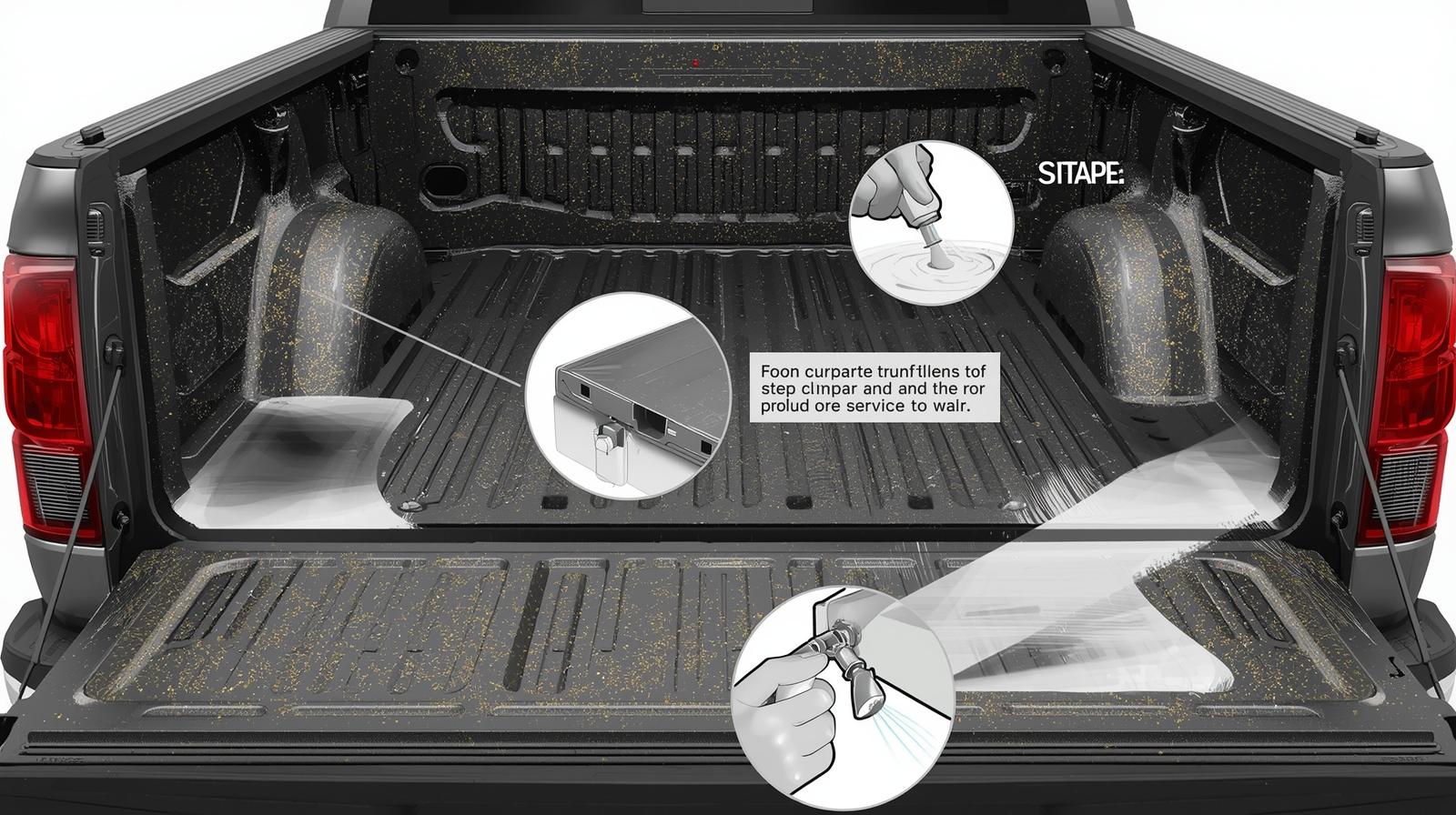Have you recently invested in a Skydio X10D and wondered how to maximize its potential? This cutting-edge drone offers many features that enhance aerial photography, surveying, and videography projects. However, to truly harness its capabilities, knowing how to use it effectively and efficiently is essential.
Drones such as the Skydio X10D drone offer advanced features that can significantly enhance your aerial footage quality and overall flying experience. Whether you’re a hobbyist looking to capture stunning visuals or a professional aiming for precise data collection, these tips will ensure you make the most of your investment and enhance your drone-flying experience.
1. Master the Basics of Drone Flight
Understanding the fundamentals of drone flight is crucial for both safety and performance. Here are some key points to focus on:
- Learn the Controls: Familiarize yourself with the remote control layout. Knowing which sticks and buttons control altitude, direction, and speed will help in maneuvering the drone precisely.
- Practice Hovering: Hovering in place is an essential skill for capturing stable footage and avoiding obstacles. Practice maintaining a steady hover to improve control.
- Understand Flight Modes: Most drones include many flying modes, including GPS, ATTI, and Sports modes. Try out several modes to see how they impact flight behavior; each one offers varying degrees of control and help.
- Safety Precautions: Before taking off, make sure the battery is completely charged and the propellers are securely fastened. Additionally, be mindful of any local laws pertaining to drone operations.
2. Optimize Your Drone’s Camera Settings
To capture breathtaking aerial photos and videos, it’s important to understand and optimize your drone’s camera settings. Consider the following tips:
- Resolution and Frame Rate: Choose the appropriate resolution and frame rate for your needs. Higher resolutions like 4K offer better quality but require more storage space.
- Exposure Settings: Adjust the ISO, shutter speed, and aperture to suit the lighting conditions. Proper exposure ensures your footage is neither too dark nor too bright.
- White Balance: To guarantee precise color reproduction in your photos and videos, adjust the white balance in accordance with the illumination.
- ND Filters: Use neutral density (ND) filters to control the amount of light entering the camera, especially in bright conditions. ND filters help achieve the desired motion blur and maintain proper exposure.
3. Plan Your Flights
Planning your flights in advance can lead to better footage and a more enjoyable flying experience. Here are some tips to consider:
- Scout Locations: Visit potential flying locations beforehand to identify interesting features and possible obstacles. This helps in planning your flight path and shot compositions.
- Check Weather Conditions: The weather is very important for drone flying. Avoid flying in fog, rain, or severe winds. Perfect weather consists of clear skies and light breezes. Practicing manual flight skills can enhance control during complex shots or in challenging environments.
- Use Flight Apps: Utilize flight planning apps that offer features like no-fly zones, weather updates, and GPS tracking. These tools can enhance your flight planning and safety.
- Battery Management: Plan your flights according to your drone’s battery life. Allocate time for takeoff, capturing footage, and landing, ensuring you have enough battery to return safely.
4. Regular Maintenance and Updates
Keeping the drone in optimal condition is essential for reliable performance and longevity. Follow these maintenance tips:
- Firmware Updates: Make sure the drone and remote controller firmware updates are installed on a regular basis.
- Clean the Drone: After each flight, clean the drone, especially the camera lens and propellers. Dust and debris can affect performance and image quality.
- Battery Care: Properly maintain your drone’s batteries by charging them correctly and storing them at the recommended temperature. Avoid letting the batteries drain entirely or overcharging them.
- Inspect for Damage: Check the drone often for indications of wear or damage, such as body cracks or loose pieces. Deal with any problems as soon as possible to stop more harm.
5. Enhance Your Skills with Practice and Learning
To become an expert drone pilot and take breathtaking footage, practice, and constant learning are essential. Here’s how to keep becoming better:
- Join Drone Communities: Engage with online forums and local drone clubs. Sharing experiences and tips with other drone enthusiasts can provide valuable insights and inspiration.
- Watch Tutorials: There are several online courses available that cover a broad variety of subjects linked to drone flying and photography. Gaining knowledge from seasoned pilots helps hasten the development of your skills.
- Experiment with Techniques: Try different flying techniques and camera angles to discover unique perspectives. Practice capturing dynamic shots, such as tracking moving subjects or performing aerial maneuvers.
- Participate in Challenges: Take part in drone photography and videography challenges. These contests can push you to explore new techniques and improve your skills under specific themes or conditions.
Drones such as Skydio X10D drone require a combination of mastering flight skills, optimizing camera settings, careful planning, regular maintenance, and continuous learning. By following these tips, you’ll not only enhance your drone piloting abilities but also capture stunning aerial footage that stands out. Recall that perseverance and practice are essential for success. So why hold off? Put these tactics into practice right now, and you’ll see your drone experience take off!





